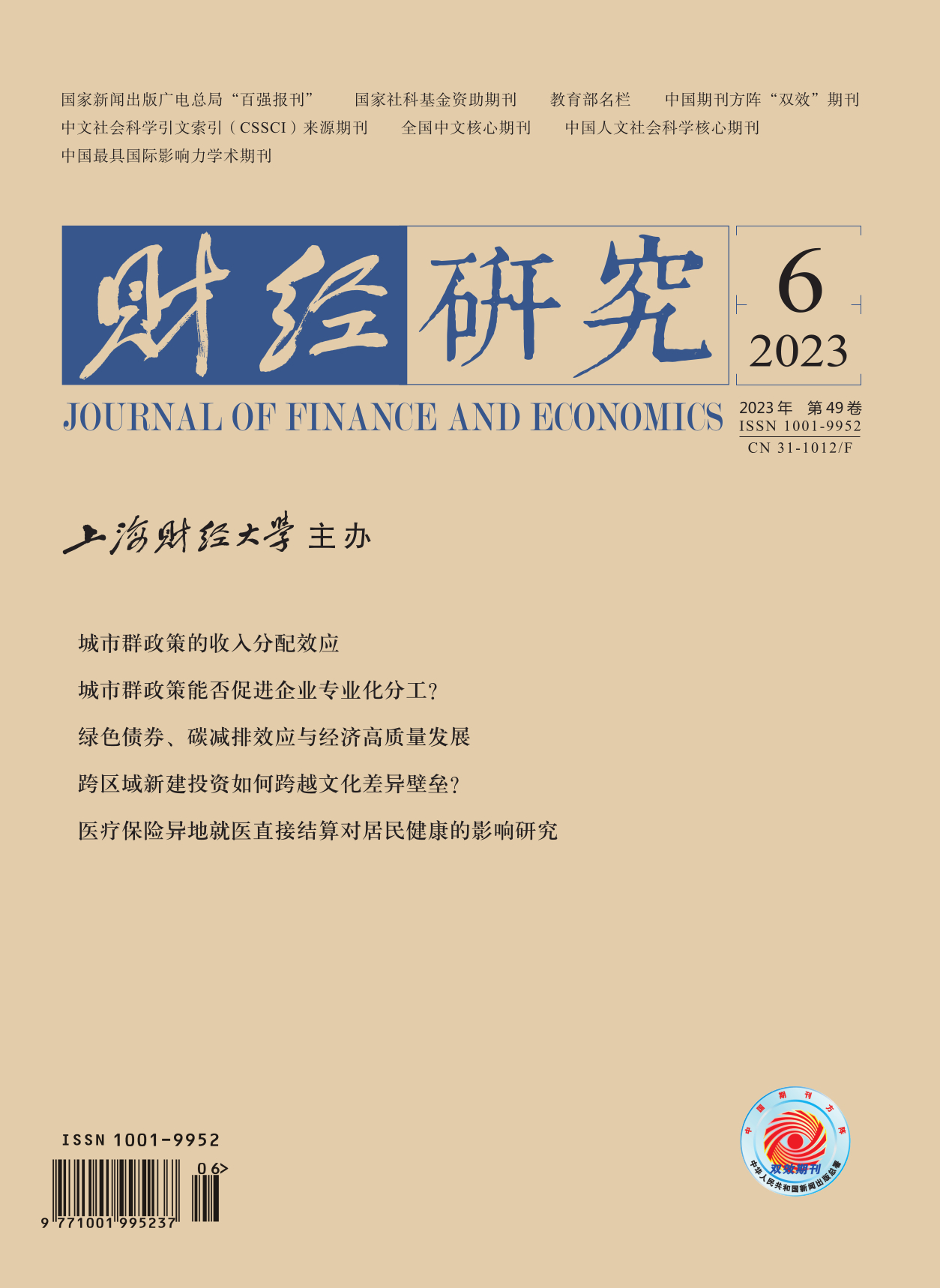Improving agricultural total factor productivity (TFP) is crucial for promoting the high-quality development of China’s agriculture, accelerating its transformation into an agricultural powerhouse, and achieving modernization goals. Agricultural machinery purchase subsidies aim to enhance comprehensive agricultural production capacity, expedite the transformation of agricultural development, and achieve efficient agriculture. These subsidies align with the goal of increasing agricultural TFP.
This paper examines the effect of agricultural machinery purchase subsidies on agricultural TFP using a panel stochastic frontier model and empirical analysis based on data from Fixed Observation Points of the Ministry of Agriculture and Rural Affairs in China between 2007 and 2017.
The results indicate that: First, the subsidy has a significant positive impact on agricultural TFP, although it does not significantly affect its growth rate. Second, the subsidy’s impact is more pronounced among large-scale farmers, plain areas, and low land fragmentation areas. Third, mechanism testing indicates that by increasing the availability and scale of agricultural mechanization services, the subsidy enhances policy benefits and improves productivity. However, transaction costs limit the subsidy’s impact. Fourth, decomposition of TFP growth rates reveals that insufficient improvement in allocation efficiency and scale efficiency is a major reason for the subsidy’s insignificant impact on agricultural TFP growth rate.
The conclusions have significant implications for enhancing China’s agricultural support policy and evaluation system, as well as promoting the high-quality development of agriculture, accelerating its transformation into an agricultural powerhouse, and achieving modernization goals.
The following suggestions are proposed: First, prioritize coordinated development between land scale operation and service scale operation. Second, maximize the scientific and technological guidance role of agricultural machinery purchase subsidies and the technological diffusion role of agricultural mechanization services while eliminating any constraints. Third, consider the social multiplier effect of policies aimed at improving financial fund efficiency.





 6463
6463  3443
3443

